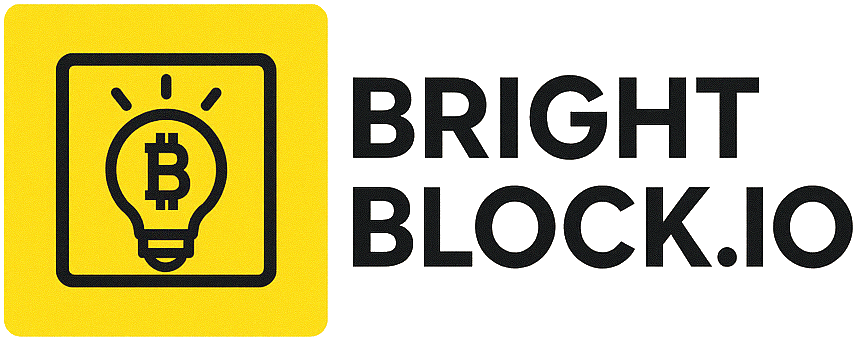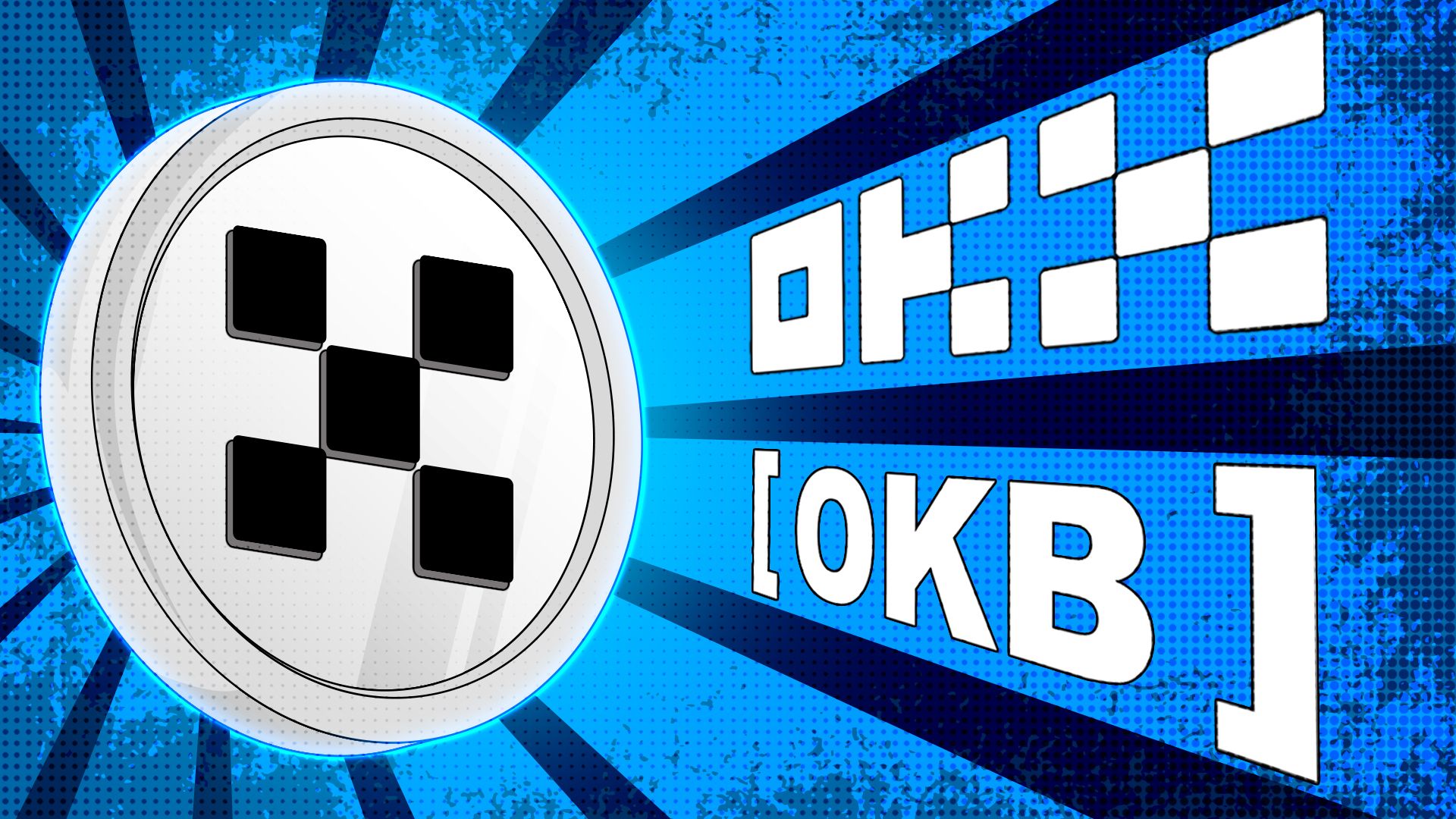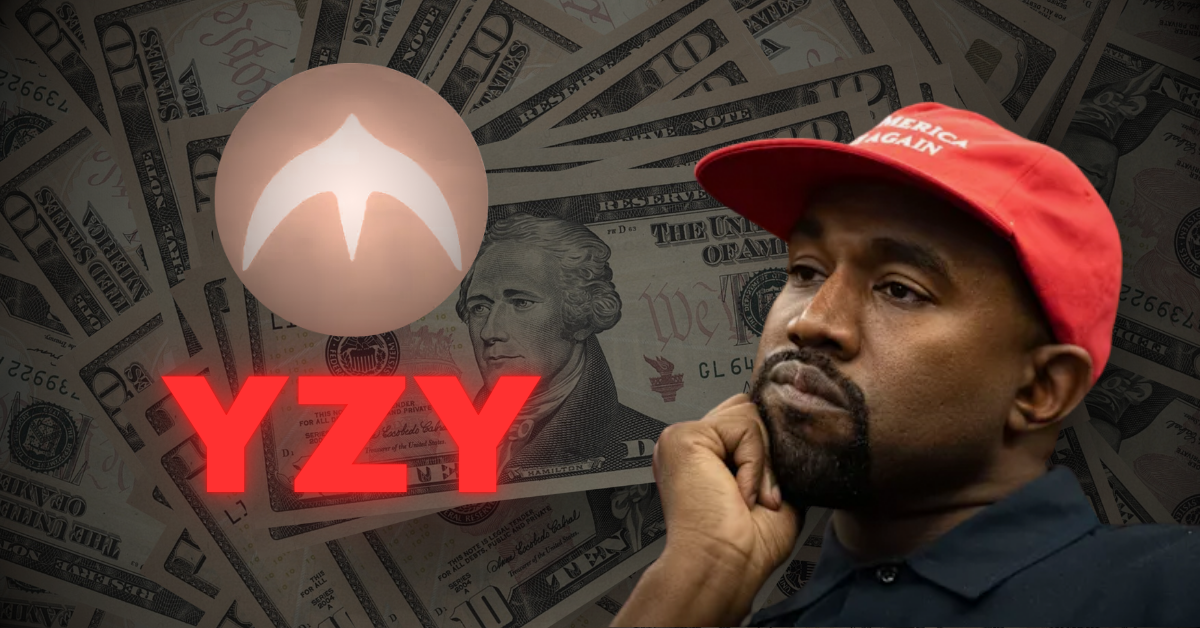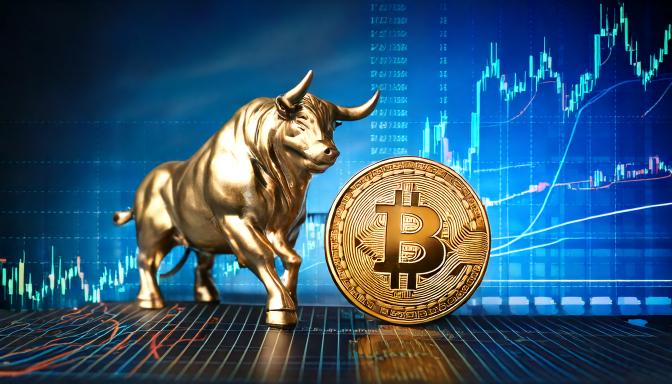Key Takeaways
- Dogecoin began as a joke but helped beginners enter crypto and built a strong, active community.
- Cryptocurrency culture has always blended internet humor, memes, and community to explain and shape ideas.
- The rise of “degens” in DeFi showed how meme-driven projects can attract large, risk-taking communities.
Cryptocurrency culture has always been deeply connected with internet humor, online communities, and meme culture. From Bitcoin’s mysterious whitepaper to today’s lively DeFi world, memes have been used to bring people together, explain ideas, and even represent money. What started as a fun Doge meme has evolved into a full-fledged subculture of “degens,” with each new trend showcasing how cryptocurrency impacts technology, finance, and society.
Doge —The First Meme Coin
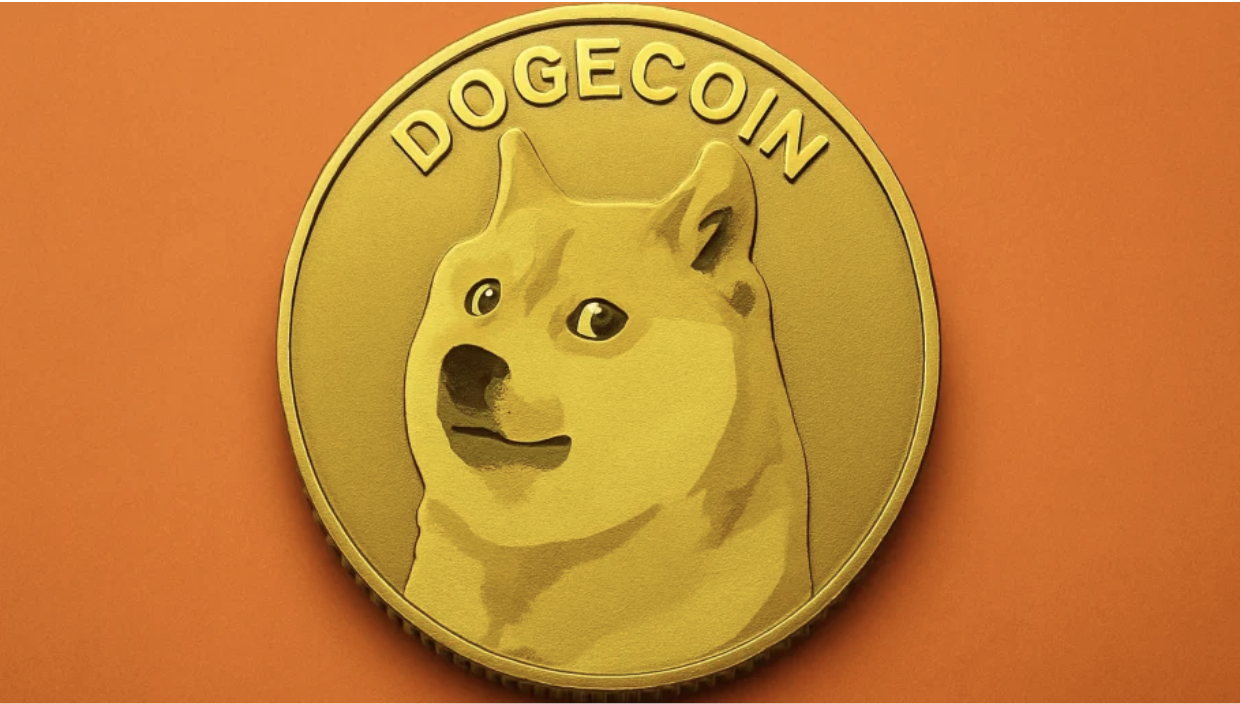
It all began with Dogecoin in 2013. Made as a joke by software developers Billy Markus and Jackson Palmer, Dogecoin was based on the popular Shiba Inu “Doge” meme. With funny Comic Sans text like “so crypto, much wow,” it was meant to make fun of how serious Bitcoin fans were getting. But surprisingly, it became a popular way for beginners to get into crypto.
The Dogecoin community quickly turned the joke into something bigger. They sponsored a NASCAR driver, helped the Jamaican bobsled team go to the Olympics, and gave money to different charities. While many other crypto projects focused on being professional and backed by detailed papers, Dogecoin proved that having fun and building a strong community could also lead to real-world impact.
Rare Pepes – Memes Meet the Blockchain
By 2016, Pepe the Frog—a cartoon that became a popular and sometimes controversial meme—found new life on the blockchain. People started making “Rare Pepes,” which were digital trading cards with different versions of Pepe. These were some of the first examples of what we now call NFTs. They were shared using a platform called Counterparty, which ran on Bitcoin, and mixed humor, collectibility, and blockchain proof of ownership.
The Birth of Crypto Art and NFTs
This period helped launch what we now call crypto art and NFT culture. Memes were no longer just funny pictures—they became digital items people could buy, sell, and collect. Instead of sharing memes just for laughs, people started treating them like valuable online art. Meme creators turned into curators, and collectors searched for the rarest and most unique digital pieces. For the first time, internet artists could earn money from their work in a new way, creating a fresh digital economy built on creativity, community, and online culture.
The Rise of the Degen
The word “degen” (short for “degenerate gambler”) became popular during the 2020 DeFi (Decentralized Finance) boom. As Ethereum-based apps like Yearn, SushiSwap, and Compound gained attention, people started putting money into risky and experimental projects, often backed only by a meme and some code. Degens leaned into the chaos—joining projects named after food like YAM, PICKLE, and KIMCHI, and joining online groups on Telegram and Discord.
The meme world had changed. A funny token name or viral meme could quickly bring in millions of dollars. Degens weren’t just joking from the sidelines anymore—they were leading the charge, using memes to share ideas, make bets, and move money.
NFTs and Meme Communities
In the 2021 bull market, memes grew bigger than ever. Dogecoin and Shiba Inu prices soared thanks to social media, Elon Musk’s tweets, and new investors. NFT sites like OpenSea turned memes into digital art worth millions. Culture coins like $WOJAK, $PEPE, and $ELON gained popularity as well, largely due to their meme value and viral posts. For many, memes became more than jokes—they became a way to show identity, build community, and challenge traditional finance.
How Are Memecoins Shaping Crypto?
Memecoins have revolutionized the cryptocurrency world by altering how people perceive value and purpose. While some view them as risky bets, others use them to bring people together for causes like charity, social justice, and environmental protection through decentralized finance. They’ve also made crypto more open to everyone—anyone with internet access can join in. This has enabled many people, particularly those in low-income or underserved communities, to participate in the digital economy and enhance their financial prospects.
What’s Next For Memecoins?
Memecoins have become a significant part of the crypto landscape, although it remains unclear how many will endure in the long term. Some may fade away, while others could grow into serious projects by leveraging strong fan bases and fresh ideas.
What’s certain is that memecoins aren’t disappearing anytime soon. As internet trends evolve and new investors enter the scene, memecoins are likely to remain influential in the cryptocurrency world. Whether a passing trend or a major shift, they’ve already made a notable impact and opened new opportunities for the future of money.
Final Thoughts
From their playful beginnings with Dogecoin to the rise of NFT art and the fearless “degens” of DeFi, memecoins and meme culture have become an important part of the crypto world. They have changed how people see value, community, and creativity online, making cryptocurrency more accessible and engaging. While it’s uncertain which memecoins will last, their impact is clear. As internet trends and finance continue to blend, memecoins will keep shaping how we think about money and open new opportunities for people to join the digital economy.
Related Read
Lumiterra Airdrop – How to Qualify
Infinity Ground Airdrop – How to Qualify
Revolving Games Airdrop – How to Qualify
Why Gen Z Trusts Memes More Than Media (and Maybe They’re Right)

